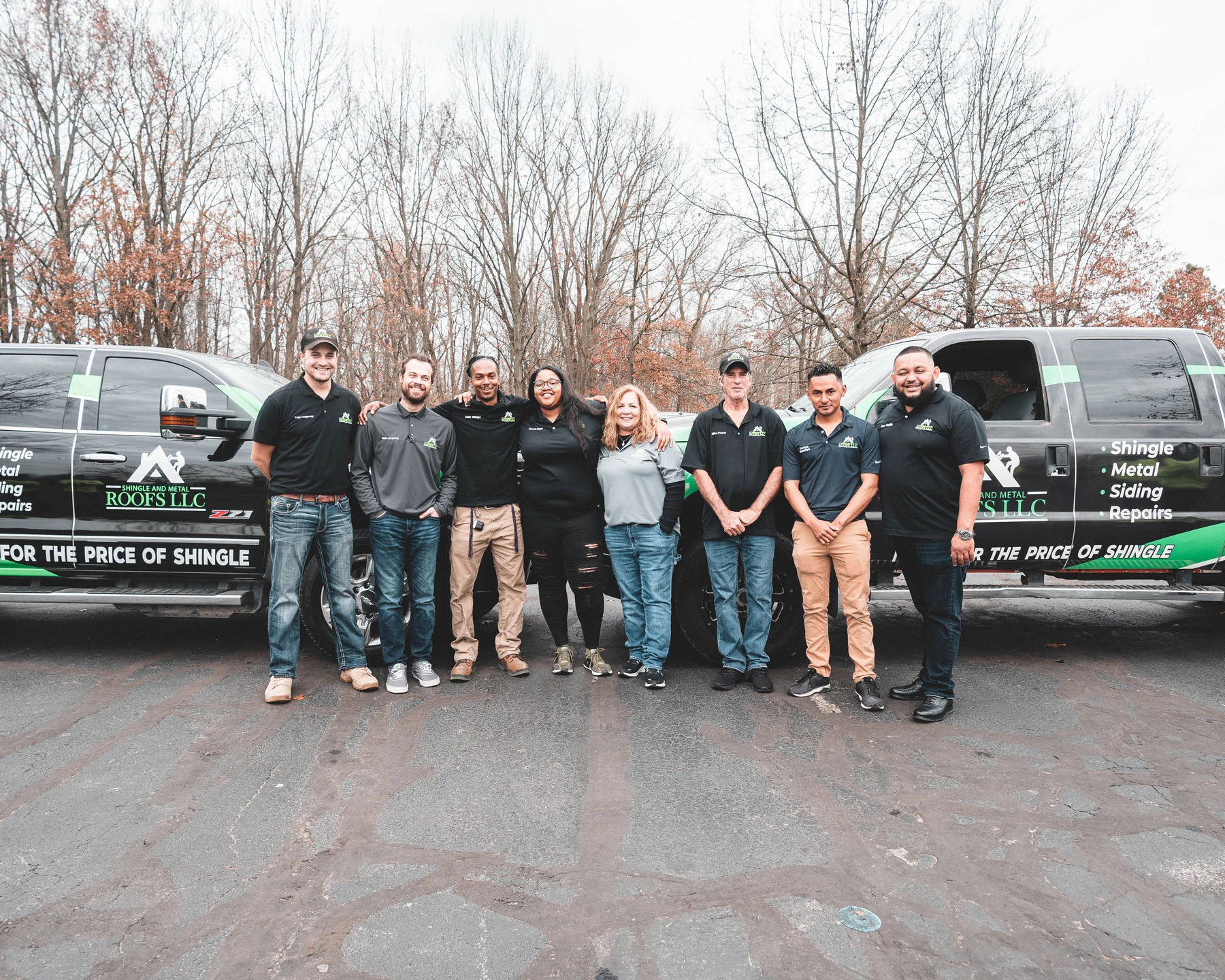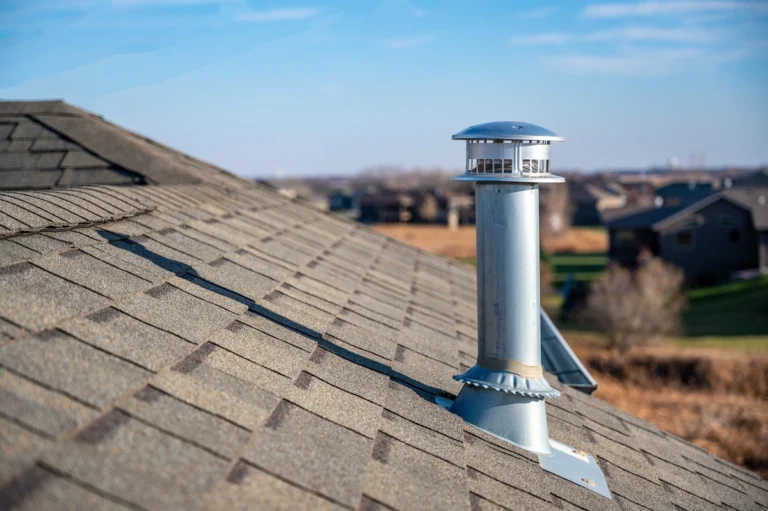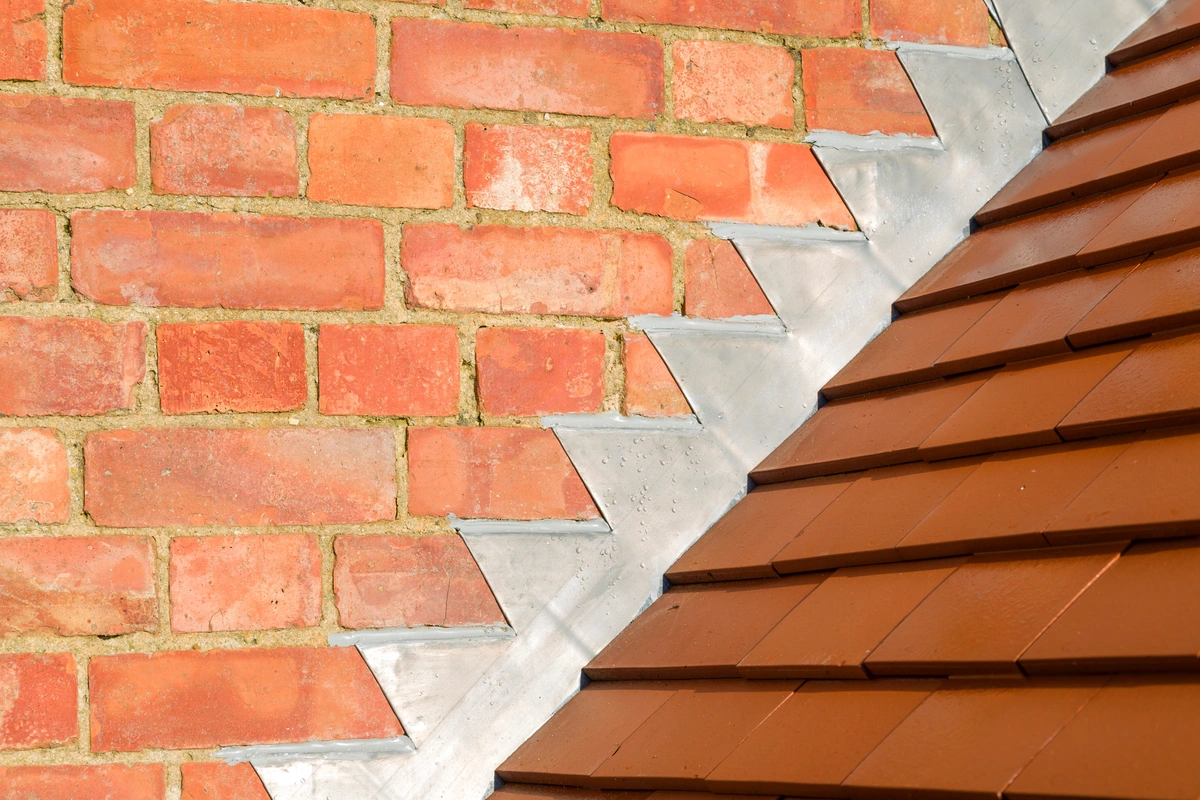
When it comes to maintaining your home, the roof is one of the most critical components. A well-maintained roof not only keeps your family dry and safe but also adds value to your property. One often overlooked but essential aspect of roof maintenance is flashing. Roof flashing is a vital part of preventing water damage in your home, and there are several types to consider. In this guide, we’ll explore the four different roof flashing types every homeowner should know about.
Inside this blog:
- The importance of roof flashing for your home
- 4 main types of roof flashing
- How to choose the right roof flashing material
Keep reading to learn more about roof flashing and which type is best for your home!
Why Roof Flashing Matters 🌧️
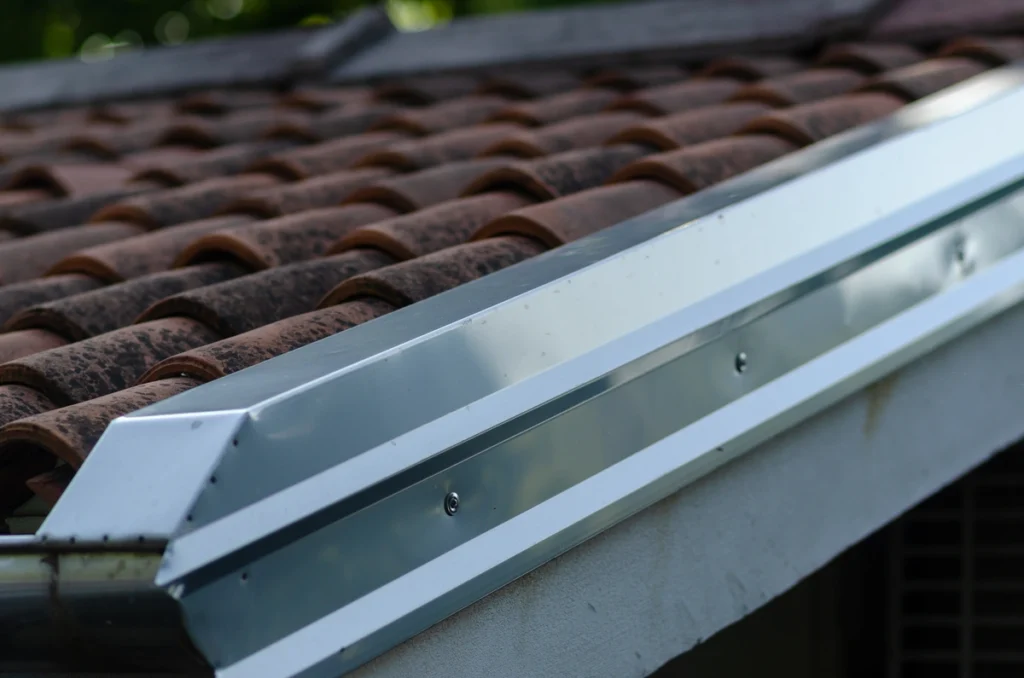
Before we dive into the different types of roof flashing, let’s understand why it’s so crucial. Roof flashing is designed to prevent water from seeping into vulnerable areas of your roof, such as joints, valleys, and transitions. Without proper flashing, your roof can develop leaks that lead to costly water damage, mold growth, and structural problems.
Here are some key reasons why roof flashing matters:
- Prevents leaks: Flashing acts as a barrier to keep water out.
- Extends roof life: Properly installed flashing can significantly extend the lifespan of your roof.
- Protects your home: It prevents water damage, preserving the integrity of your home’s structure.
- Reduces repair costs: Investing in quality flashing can save you from expensive repairs in the long run.
Now that we understand its importance, let’s explore the 4 main types of roof flashing:
1. Step Flashing
Step flashing is a versatile type of roof flashing commonly used around roof transitions, such as where a roof meets a wall or chimney. It consists of small pieces of metal (typically aluminum or galvanized steel) that are layered like shingles and integrated into the roofing material. Step flashing is particularly effective in preventing water intrusion in areas prone to leaks.
Here’s why step flashing is beneficial:
- Individual protection: Each piece of step flashing overlaps the one below it, creating a continuous barrier against water.
- Durable: Made from metal, step flashing is resistant to rust and can withstand harsh weather conditions.
- Effective in tight spaces: It can be used in tight corners and angles, ensuring a watertight seal.
2. Chimney Flashing
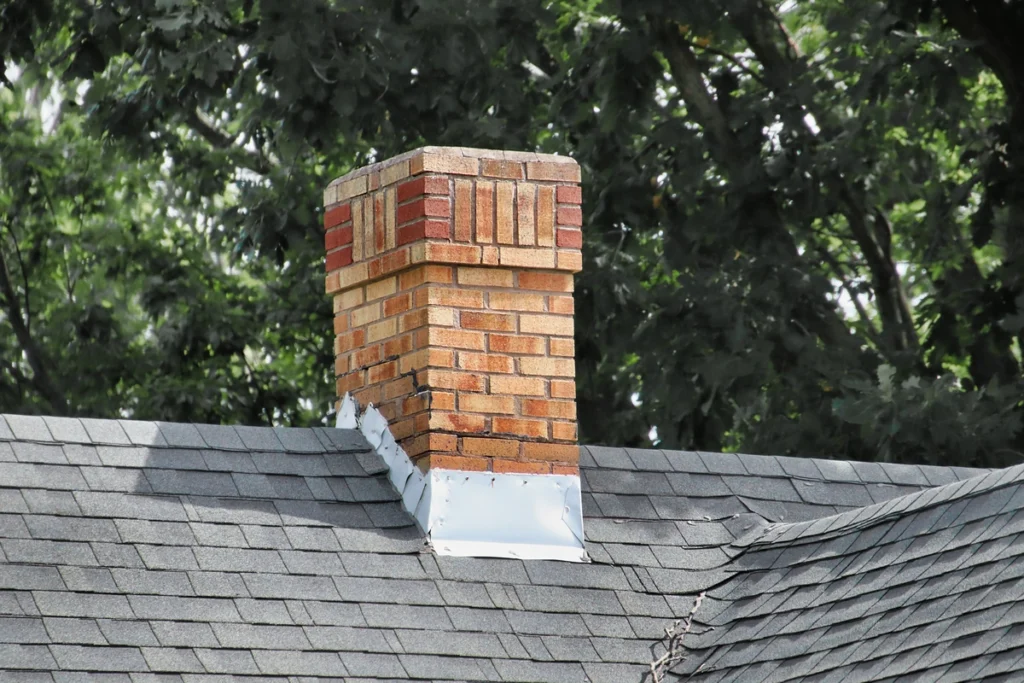
Chimneys are notorious for causing roof leaks if not properly sealed, making chimney flashing an essential component for every homeowner with a fireplace. Chimney flashing consists of two main parts: base flashing and counter flashing. Base flashing is installed at the base of the chimney and under the roofing material, whereas when you install counter flashing, you embed it into the chimney mortar joints.
Here’s why chimney flashing is a must-have:
- Comprehensive protection: Base flashing prevents water from flowing down the chimney, while counter flashing prevents water from getting behind the flashing.
- Long-lasting: When installed correctly, chimney flashing can last for decades.
- Aesthetic appeal: Properly installed chimney flashing can enhance the overall appearance of your roof.
3. Valley Flashing
Roof valleys are the areas where two sloping roof surfaces meet, creating a natural channel for water runoff. Valley flashing is essential in these areas to prevent water from pooling and seeping into your home. It is typically made of metal and is installed underneath the roofing material along the valley line.
Here’s why valley flashing is indispensable:
- Water diversion: Valley flashing directs water away from vulnerable areas.
- Prevents erosion: It helps protect the underlayment and roofing materials from wear and tear caused by flowing water.
- Enhanced roof appearance: Proper valley flashing installation ensures a neat, professional look.
4. Vent Pipe Flashing
Vent pipes are a common feature on most roofs, allowing for proper ventilation of your home’s plumbing system. However, they are also potential entry points for water if not adequately sealed. Vent pipe flashing is designed to create a watertight seal around vent pipes, ensuring no moisture infiltrates your home.
Here’s why vent pipe flashing is essential:
- Prevents leaks: It effectively seals the gap around vent pipes, keeping water out.
- Extends pipe lifespan: By preventing rust and corrosion, vent pipe flashing can extend the life of your plumbing vents.
- Reduces maintenance: Proper flashing reduces the need for frequent repairs or replacements.
How to Choose the Right Roof Flashing Material 🛠️
Now that you know about the four primary types of roof flashing, it’s important to consider the materials used for flashing. The most common materials include:
Aluminum
Lightweight, rust-resistant, and easy to shape; this metal flashing is ideal for step flashing and valley flashing.
Galvanized steel
Sturdy and long-lasting, suitable for various flashing applications.
Copper
Highly durable and adds an elegant touch to your roof, often used for chimney flashing.
Rubber or EPDM
Flexible and suitable for vent pipe flashing, providing a snug seal.
When selecting the right material, consider your budget, climate, and the specific requirements of your roof. Consult with a roofing professional if you’re unsure which material is best for your home.
Maintaining Your Roof Flashing ✨
Now that you’ve installed the appropriate roof flashing materials, it’s essential to ensure it remains effective throughout its lifespan. Regular maintenance can help prevent costly repairs down the road. Here’s a quick checklist:
- Inspect for damage: Regularly check for signs of wear, rust, or damage to your flashing.
- Clear debris: Keep your roof free from debris like leaves, branches, and dirt that can compromise the integrity of your flashing.
- Seal gaps: If you notice any gaps or openings around your flashing, reseal them promptly.
- Check for loose fasteners: Make sure all fasteners holding your flashing in place are secure.
Keep Your Home Dry With Roof Flashing 🏡
Roof flashing is an essential component of any home’s roofing system, protecting it from water damage and ensuring its longevity. Understanding the different types of roof flashing and their applications is vital for homeowners looking to maintain their homes effectively.
By investing in quality flashing materials and ensuring proper installation and maintenance, you can safeguard your home against costly water damage and enjoy a secure and dry living environment for years to come. So, whether you need step flashing, chimney flashing, valley flashing, or vent pipe flashing, make the right choice to keep your roof watertight and your home protected.
Contact our expert team of roofers at Shingle and Metal Roofs today and experience speedy turnaround times and unmatched craftsmanship on your home. We’re excited to hear your questions and wants for your next roofing project!

